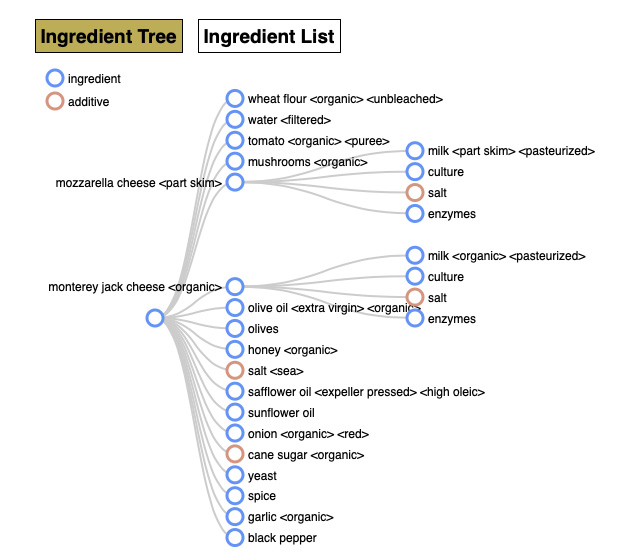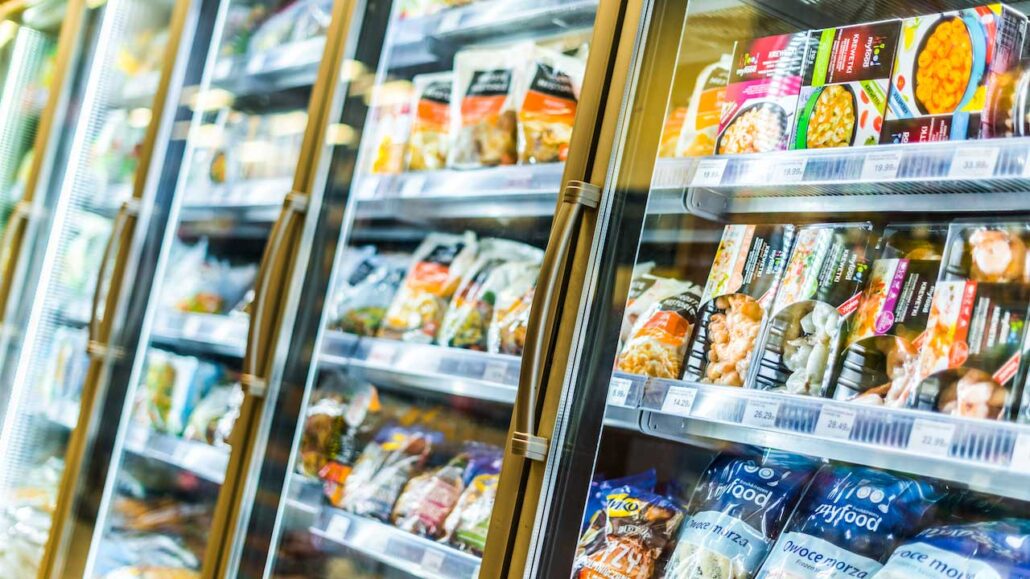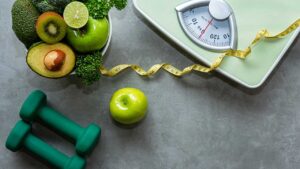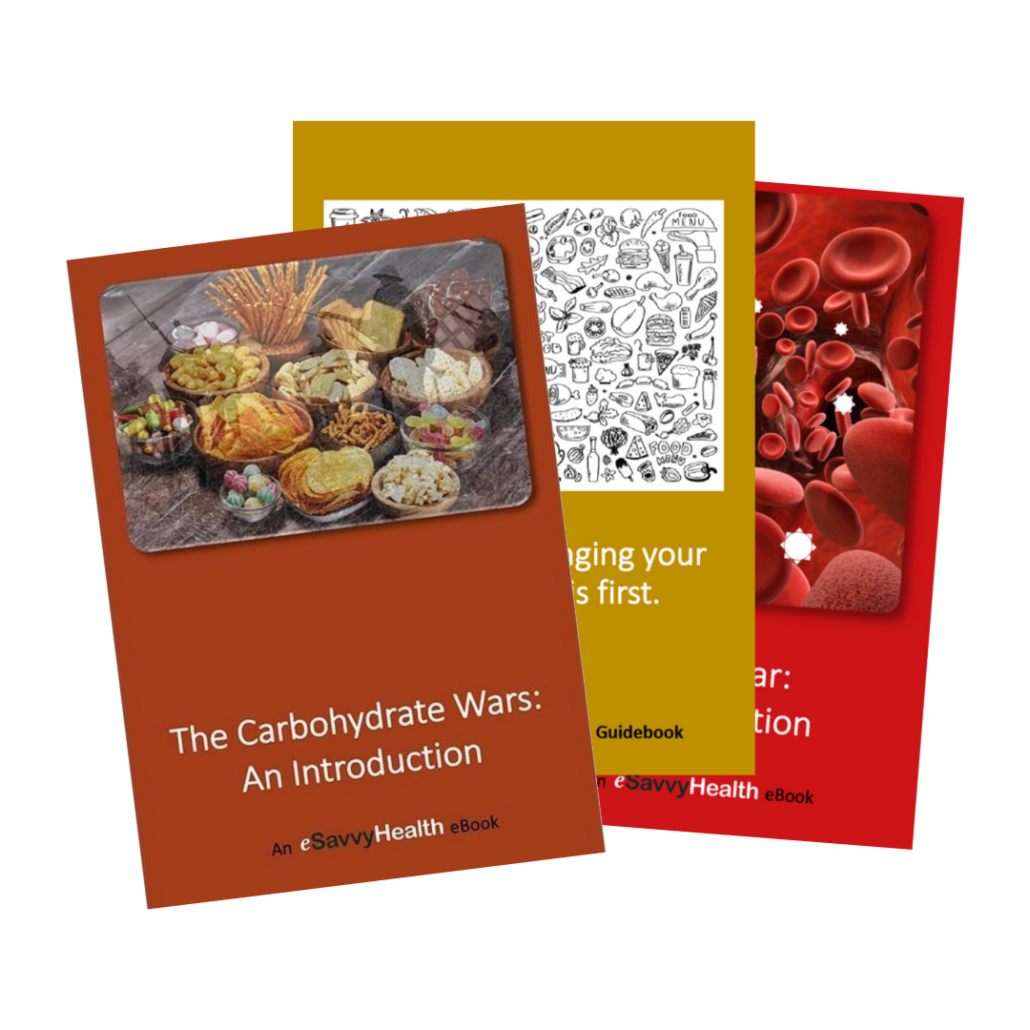It’s not hard for shoppers to recognize fresh produce as a healthy choice, but things become more complicated with pre-cooked or packaged foods. Some retain much of the nutritional value of the ingredients from which they are made, and others have been processed so much that it might be stretching the point to call them “food.”
It’s not always easy to know the difference, even if you know something about reading food labels. A group of scientists have developed a tool that can help shoppers make healthier choices, a database of more than 50,000 food products that ranks them according to how much they have been processed.
The origins of food processing go back as far as man’s first efforts to cook, dry or otherwise preserve food. But in the 20th century, food processing went into high gear, with the introduction of industrial techniques to preserve shelf life and provide cheap calories. (And an ever-expanding number of products engineered for taste buds alone.)
Today, researchers and the healthcare community are most concerned about so-called “ultra-processed” foods. These may (or may not) include ingredients that have true nutritional value. But they also contain additives that are hard on bodies: sugar, preservatives, artificial flavors, sweeteners and colors, unhealthy oils, salt or stabilizers.
In addition, the food ingredients they do contain have often been processed in ways that greatly reduce their nutritional value — fiber processed out of grains, fruits or vegetables, for example. Products such as sodas, candies, cookies, sweetened breakfast cereals, fish nuggets, packaged instant soups or desserts, salty packaged snacks and many others fall in the “ultra-processed” category.
Researchers are still exploring exactly how these foods affect the body, but they have been linked to both obesity and chronic disease. One way to keep them out of your shopping cart is to use a new online resource, TrueFood.
From your phone, you can enter the name of a product you’re considering and find out how it ranks on a scale of 1-100 in the TrueFood database. The lower the number, the less the product has been processed as compared to others of its type.
The site also includes an “ingredient tree” for each product, showing the components of any ingredient with multiple elements. This is an ingredient tree for a frozen pizza:

While it might be ideal to avoid processed food altogether, most households aren’t in the habit of making their own bread or yogurt. If the urge for a chip or cracker is strong, TrueFood can help a consumer choose the most healthful option.
This isn’t to say there’s nothing more an informed shopper needs to know about processed foods. In commentary published in JAMA Pediatrics, endocrinologist Robert Lustig, M.D. called processed food “an experiment that failed.” The recourse, Lustig said, is “real food, which is low in sugar and high in fiber.”
You can find information on the eSavvyHealth website that will help you understand more about how food processing and added sugars cause trouble for your body. Our Real Food articles and News Briefs are a good place to start.





